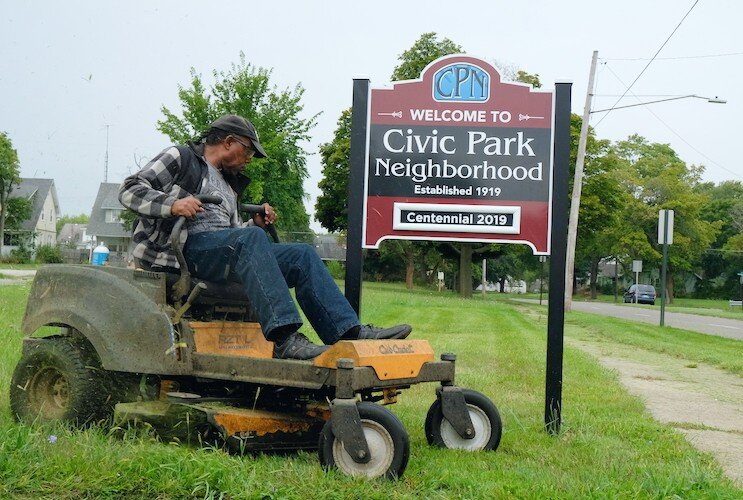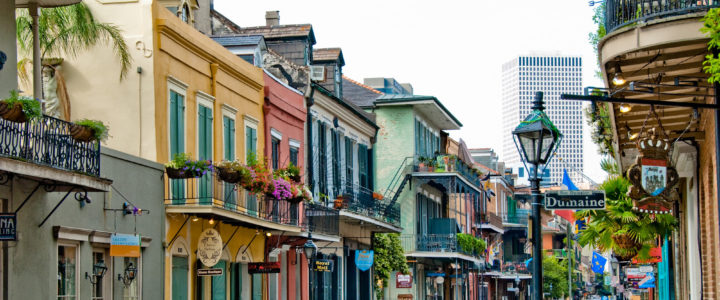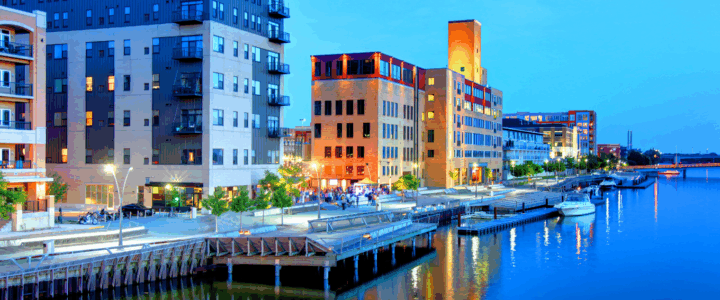A sure sign of civic pride in Civic Park

Alexandria Brown
FLINT, Michigan—When you enter Civic Park — you know it.
In an effort to rebuild, restore, and enhance Flint’s historic Civic Park neighborhood, new signage has been installed throughout the neighborhood. There are bold signs at the entrances to the neighborhood, flags on poles along Dayton Avenue, and a mural that specifically highlights the centennial.
For those that live and work here, these physical celebrations of their neighborhood give them bragging rights and a sense of belonging.
“I ride through these streets daily due to working on the landscape and doing water deliveries for people who are affected by the water crisis. The smallest changes makes the biggest impact for us,” said Deontrey Crockett, who works with the Urban Renaissance Center at Joy Tabernacle Church. “Every environmental enhancement brings a bright light to our neighborhood and outsiders’ other things to look at besides vacant buildings and houses.”
Built 100 years ago, Civic Park was a planned community developed by the General Motors Modern Housing Corporation north of Welch Boulevard and west of Dupont Street.
For decades it flourished, but then suffered the effects of white flight, disinvestment, and redlining. One-third of the properties here are vacant — but it also remains home to a core group of committed residents who have worked in recent years to give the neighborhood a renewed sense of hope for a brighter future.
The signs proudly proclaim this is Civic Park.
Yes, they beautify the neighborhood — but more than that, they help build the neighborhood from the inside out, said Pastor Robert McCathern of Joy Tabernacle Church and Urban Renaissance Center, which received the grants to install the signs.
“It makes the neighborhood take notice of itself and to also value its assets,” McCathern said.
A mural on the corner of Dupont and Dayton most clearly celebrates the centennial year — with images featuring the distinct architecture of the neighborhood, now-closed Civic Park Elementary School, planners and children playing along with the words “Civic Park Centennial” and the years 1919 and 2019.
It beautifies a corner that previously was best identified by the burned out party store across the street. Created by artist Cardine Humes for the Urban Renaissance Center, the painting symbolizes the restoration of Civic Park.
At the Civic Park Centennial Pavilion, six bright orange light post banners wave in the wind. Provided with dollars from a Community Foundation of Greater Flint grant, the flags mark the centennial and celebrate the neighborhood. At the entrances to the neighborhood, new “Welcome to Civic Park Neighborhood” signs were put up in June with help from Habitat for Humanity.
Plus, in April, neighbors joined together to rededicate the neighborhood’s historic marker. Damaged years prior, the repaired sign became the ultimate symbol for the neighborhood’s comeback.
Flint City Councilman Maurice Davis was found one afternoon out with a mower, caring for the grassy area around one of the signs planted at the entrances to the neighborhood. A local businessman for decades, Davis also was honored for his work in the neighborhood as part of the dedication ceremony of the historic marker.
“It’s a good improvement for the neighborhood — makes the neighborhood looks nice,” said Davis, who said it is important to remind the community, both within Civic Park and beyond the neighborhood, of its historic roots.
You can find this On The Ground article here.


